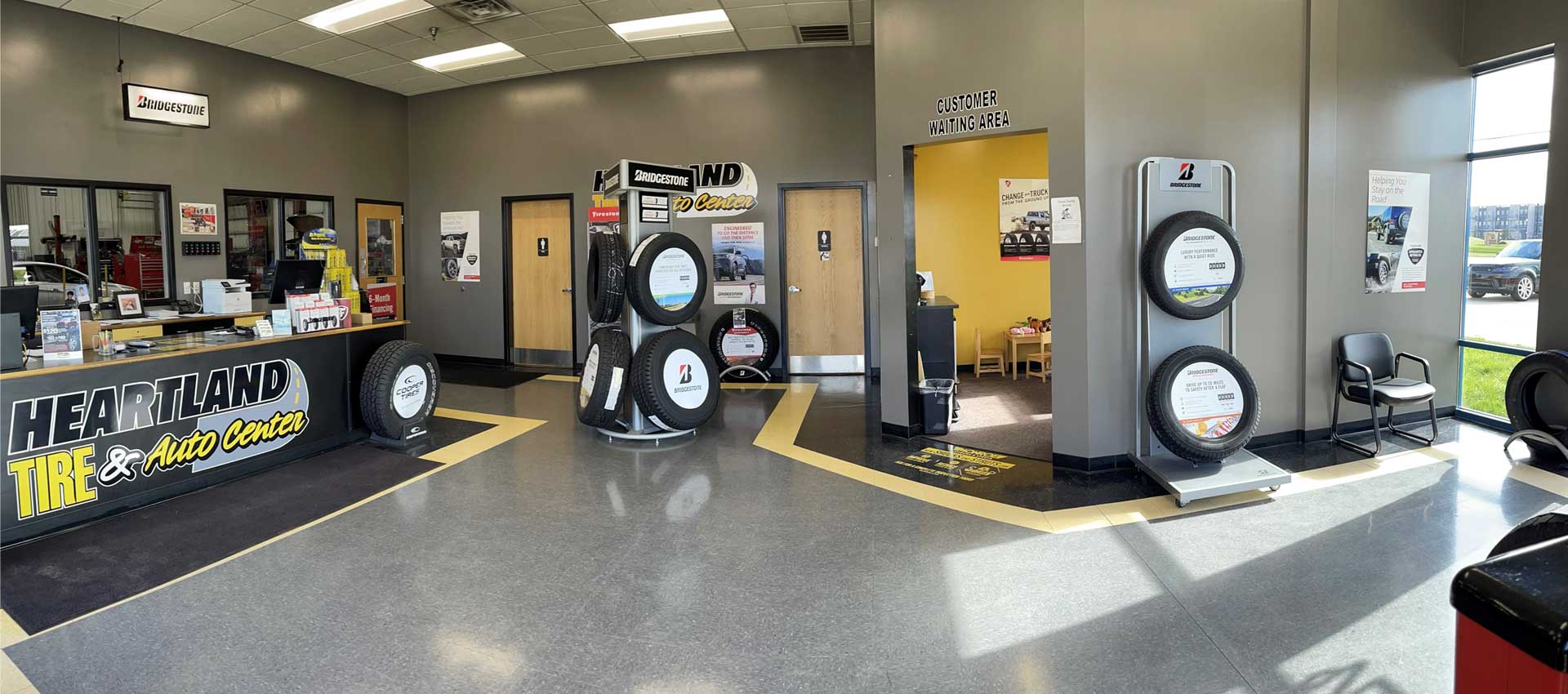Costs Tires Morris IL: Top Quality Products for All Makes and Models
Costs Tires Morris IL: Top Quality Products for All Makes and Models
Blog Article
Tire Solution: The Impact of Weather
When it comes to making certain ideal efficiency and safety on the road, recognizing the impact of climate conditions on tire solution is important. In this conversation, we will certainly check out the complex relationship in between weather condition conditions and tire solution, losing light on the importance of weather-specific tire maintenance methods and factors to consider.
Heat and Tire Efficiency
When subjected to high temperatures, tires experience changes in performance that can substantially affect automobile security and handling. The warmth generated from prolonged driving or warm climate problems causes the tire rubber to soften, leading to decreased walk life and raised wear.
Furthermore, heats can accelerate the process of tire aging, causing the rubber to deteriorate quicker. This can result in cracks, bulges, and other kinds of damages that jeopardize the structural stability of the tire. To reduce the effects of heat on tire performance, chauffeurs need to consistently check their tire pressure, rotate tires to guarantee also wear, and check for any indicators of damages. In addition, making use of tires particularly developed to endure heats can aid preserve optimum performance and safety when traveling.
Cold Weather Results
Winter problems can have a considerable influence on tire performance and safety and security. As temperatures decline, tire rubber can set, causing lowered grip on icy or snow-covered roads. In winter, tires might likewise shed air stress much more swiftly, which can influence dealing with and gas efficiency. Furthermore, cool temperature levels can cause tire sidewalls to stiffen, raising the risk of damages from splits or various other road dangers.
To reduce the results of cold weather condition on tires, it is critical to on a regular basis examine tire pressure and inflate them to the producer's recommended levels. Making use of winter months or all-season tires made for cold weather problems can additionally boost grip and hold on icy or snowy roadways - morris tire and alignment. Appropriate tire maintenance, including regular inspections for wear and damage, becomes even extra essential throughout cooler months to make sure ideal performance and safety and security
Rainy Issues Influence
Tires with worn-out treads are a lot more susceptible to hydroplaning, where a layer of water constructs up between the tire and the road surface, leading to loss of traction. To combat this, vehicle drivers must routinely examine their tires for sufficient walk depth and think about spending in tires particularly made for damp problems.

Snow and Tire Safety And Security
When driving in snowy conditions, having the right tires can make a considerable difference in safety and security and performance. Winter months tires are created with special rubber compounds and step patterns to supply far better traction on snow and ice contrasted to all-season tires.
Along with using winter months tires, it is important to ensure they are effectively blown up. Cold weather can create tire pressure to go down, impacting grip and handling (morris tire and alignment). Routinely inspecting and keeping the appropriate tire stress is essential for ideal efficiency in snowy conditions

Weather-Related Tire Maintenance
When faced with numerous climate condition, correct tire maintenance comes to be a vital facet of vehicle safety and performance. Weather-related tire upkeep incorporates a variety of practices focused on guaranteeing optimal tire feature and durability in various weather condition situations. One key facet of weather-related tire maintenance is tire stress guideline. Varying temperature levels can trigger tire stress to differ, impacting grip and fuel performance. Consistently readjusting and inspecting tire stress according to maker recommendations is crucial for risk-free driving in changing weather. Furthermore, tire step deepness plays a significant role in handling various climate elements. Tires with ample step deepness provide better hold on wet or icy roadways, reducing the threat of hydroplaning or skidding. When walk wear reaches a certain depth is important for keeping grip and security in adverse climate, checking tire tread on a regular basis and changing tires. By focusing on weather-related tire maintenance, vehicle drivers can boost safety, improve car efficiency, and prolong the life expectancy of their tires.
Verdict
In final thought, climate problems have a substantial influence on tire performance and safety (tire shop morris). From warmth impacting tire stress and wear to cold climate minimizing grip, it is crucial to take into consideration the climate when maintaining and making use of tires.
In this discussion, we will certainly discover the elaborate connection between weather condition conditions and tire service, losing light on the significance of weather-specific tire maintenance methods and factors to consider.

Report this page